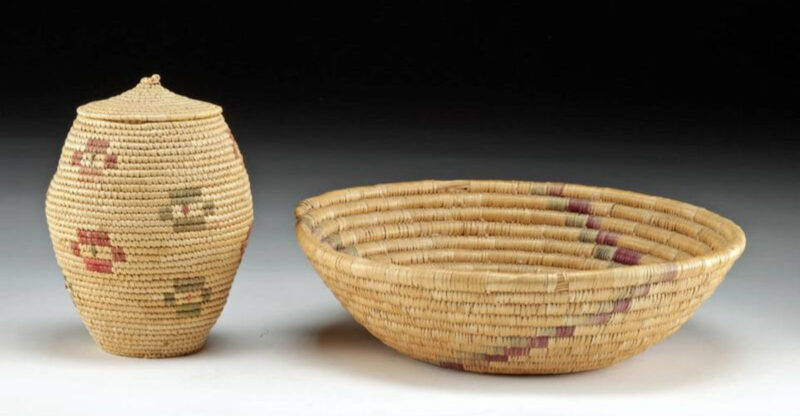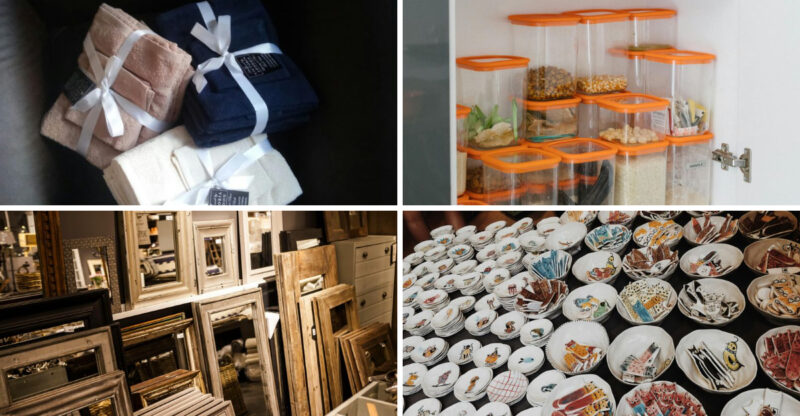12 Antique Styles Set To Rise In Value By 2025 (And 8 That Are Fading Fast)
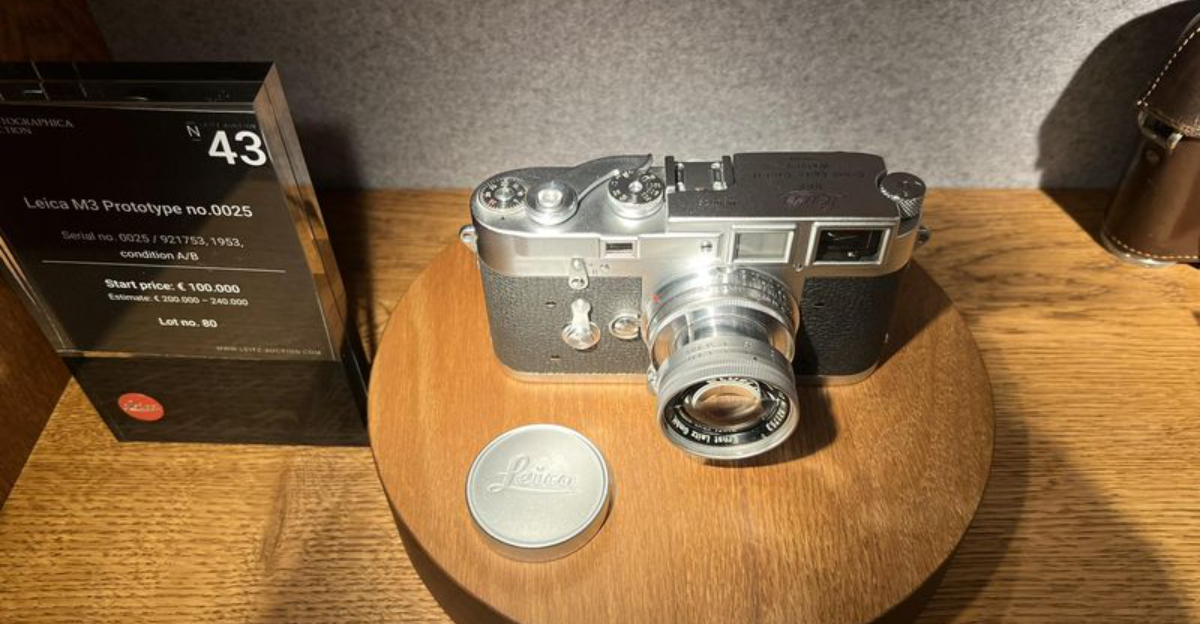
The antique market is always changing, with some styles becoming more valuable while others lose their appeal. Collectors and investors need to stay ahead of these shifts to make smart decisions.
Whether you’re a seasoned collector or just starting out, knowing which antique styles are on the rise and which are falling can help you build a collection that grows in value.
1. Art Deco Jewelry

Geometric designs from the Roaring Twenties are capturing modern hearts again. Art Deco pieces feature bold lines, vibrant colors, and exquisite craftsmanship that feels surprisingly contemporary.
Collectors are particularly hunting for signed pieces from makers like Cartier and Van Cleef & Arpels, driving prices steadily upward. The clean lines and mathematical precision speak to today’s minimalist aesthetic.
2. Mid-Century Modern Furniture
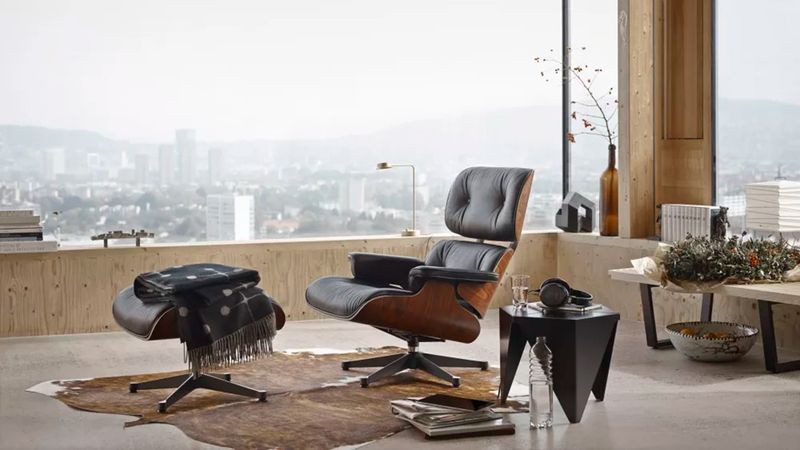
Sleek lines and functional design continue their remarkable comeback. The organic forms and honest materials appeal to younger buyers who appreciate craftsmanship and sustainability.
Mid-century pieces by designers like Eames, Noguchi, and Saarinen command premium prices and show no signs of slowing down. Their timeless appeal transcends trends, making them both functional art and solid investments.
3. Chinese Export Porcelain
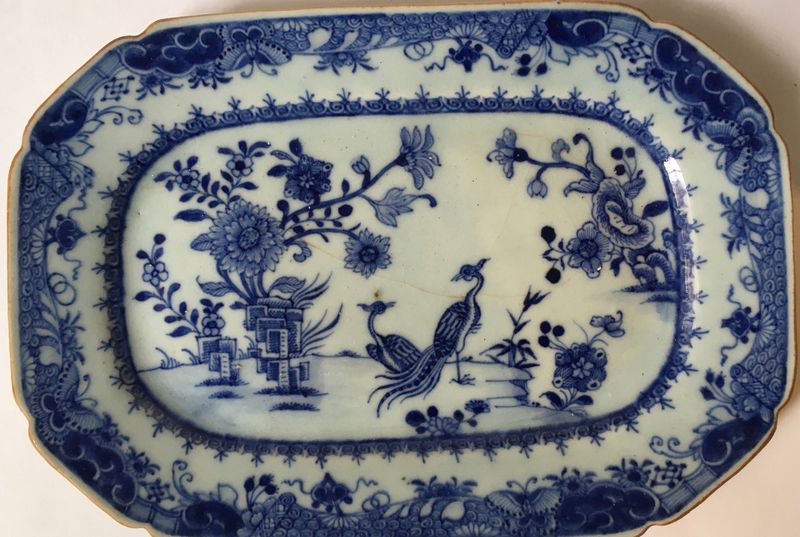
Once overlooked by serious collectors, these cross-cultural treasures are experiencing a renaissance. Made specifically for Western markets during the 17th-19th centuries, these pieces tell fascinating stories of global trade.
Chinese export porcelain combines Eastern craftsmanship with Western design elements. The most valuable pieces feature unusual motifs, armorial designs, or historical scenes that connect to specific families or events.
4. Arts and Crafts Movement Items
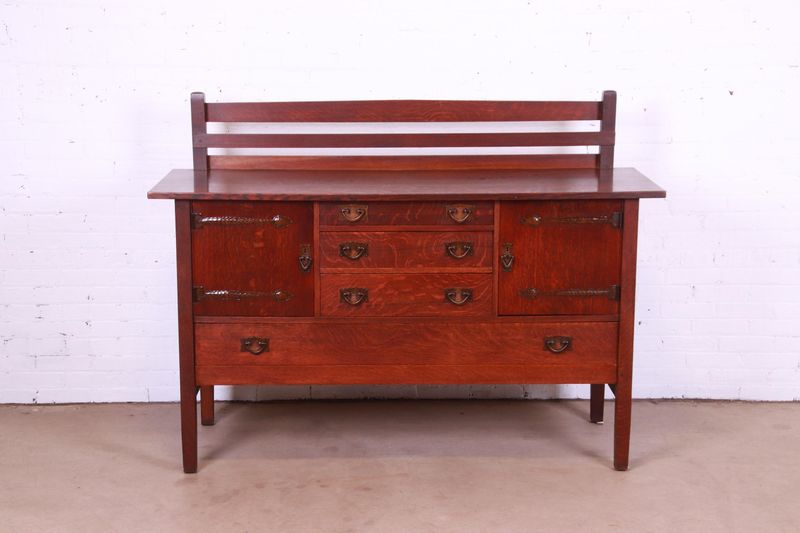
Handcrafted quality speaks volumes in our mass-produced world. The honest construction and natural materials of these early 20th century pieces resonate with today’s emphasis on authenticity and sustainability.
Arts and Crafts furniture, pottery, and metalwork by makers like Gustav Stickley and Rookwood Pottery continue climbing in value. Their philosophical rejection of industrial production feels particularly relevant to modern collectors seeking connection to craftsmanship.
5. Vintage Watches
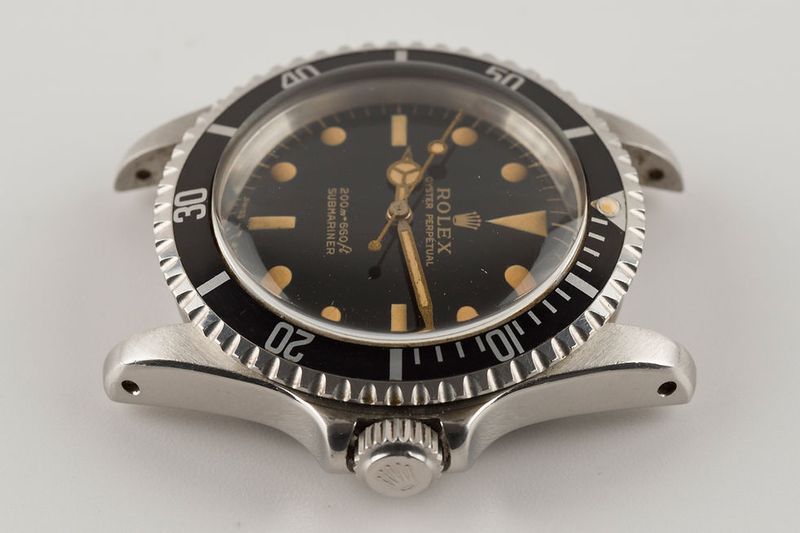
Mechanical marvels from the past century have become the ultimate wearable investments. Unlike modern electronics that quickly become obsolete, well-made vintage timepieces can run for generations.
Watches from prestigious makers like Rolex, Patek Philippe, and Omega consistently outperform many traditional investments. Limited production models with interesting histories or unique features can see explosive growth in just a few years.
6. Modernist Studio Pottery
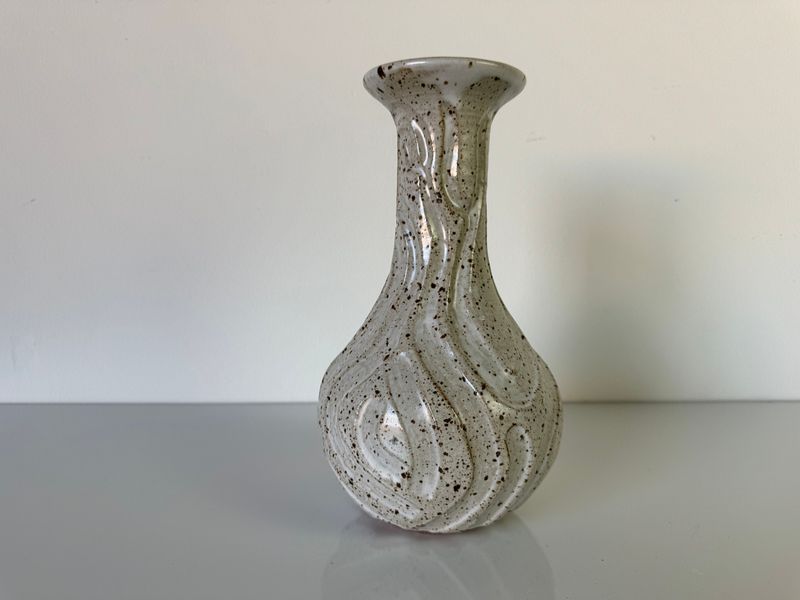
Functional art with a human touch is finding new appreciation among collectors. The organic forms and experimental glazes of mid-century studio pottery provide a tactile counterpoint to our digital lives.
Works by recognized potters like Lucie Rie, Hans Coper, and George Ohr have seen dramatic price increases. Even lesser-known regional potters with distinctive styles are being rediscovered and revalued by enthusiastic collectors seeking authentic handmade objects.
7. Folk Art and Outsider Art
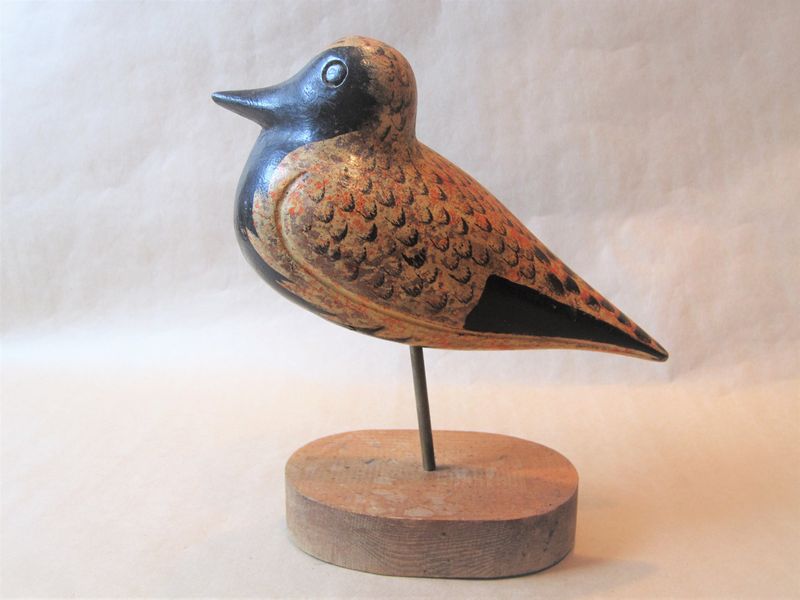
Raw creativity without formal training captivates sophisticated collectors seeking authenticity. The untrained expressions of self-taught artists offer windows into unique personal visions and cultural experiences.
Folk art’s honest, direct approach feels refreshingly genuine in our curated digital world. Weathervanes, carved figures, quilts, and paintings by recognized outsider artists like Bill Traylor and Grandma Moses continue to climb in value and institutional recognition.
8. Postmodern Design

Playful rebellion against modernist restraint is finding new admirers. The bold colors, experimental forms, and irreverent attitude of 1980s postmodern design perfectly capture today’s maximalist tendencies.
Memphis Group pieces by Ettore Sottsass and other postmodern designers have skyrocketed in value. Their rejection of minimalism’s “less is more” in favor of “more is more” appeals to younger collectors looking for expressive, Instagram-worthy statement pieces with historical significance.
9. Scientific and Medical Antiques
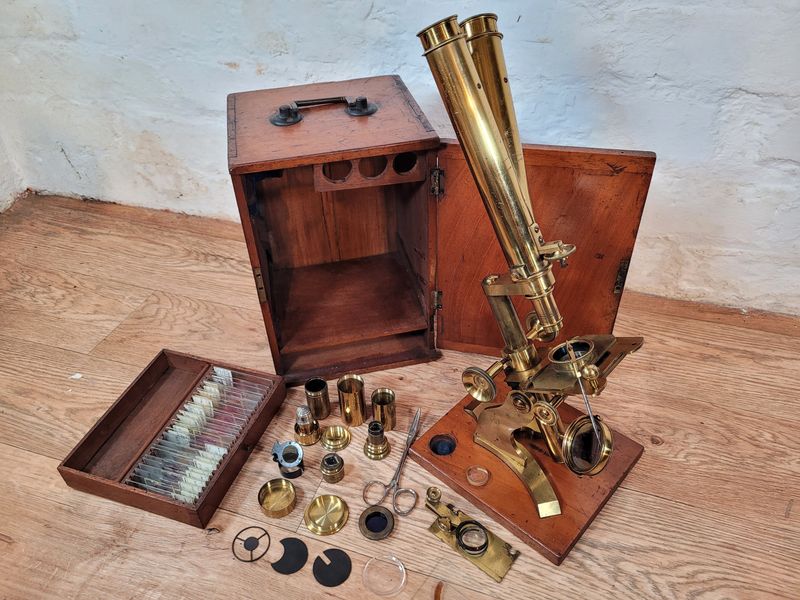
Fascinating instruments from the history of discovery are capturing imaginations and wallets. Brass microscopes, anatomical models, and early electrical devices combine scientific significance with sculptural beauty.
Scientific antiques appeal to both specialists and design enthusiasts. Their combination of precision engineering, beautiful materials, and historical importance makes them compelling display pieces. Medical illustrations and pharmaceutical items are particularly trending among new collectors.
10. Vintage Photography And Cameras
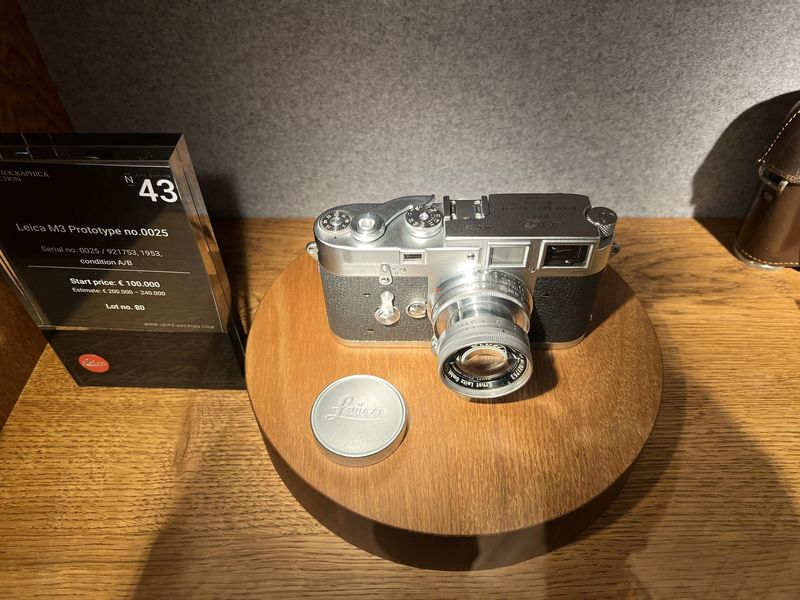
Mechanical marvels from photography’s golden age are finding new appreciation. As digital images become ubiquitous, the physicality and craftsmanship of vintage cameras and photographs provide tangible connections to visual history.
Early photographs by recognized artists continue setting records at auction. Meanwhile, iconic cameras like Leicas and Rolleiflexes are being collected both as working tools and as beautiful design objects representing pivotal moments in technological development.
11. Art Nouveau Glass
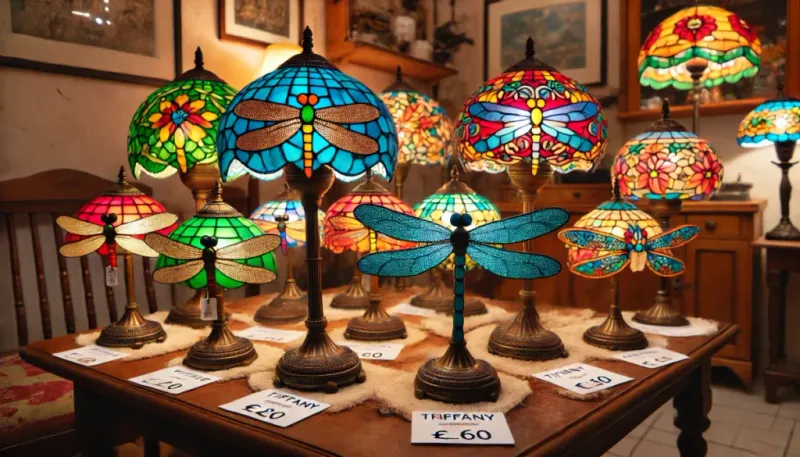
Organic forms inspired by nature continue enchanting new generations. The flowing lines and iridescent surfaces of Art Nouveau glass capture light in ways that digital images simply cannot convey.
Works by masters like Tiffany, Gallé, and Daum fetch impressive sums. Their technical virtuosity combined with artistic vision creates objects that feel alive. The movement’s celebration of natural forms resonates with contemporary environmental consciousness.
12. Islamic Art And Artifacts
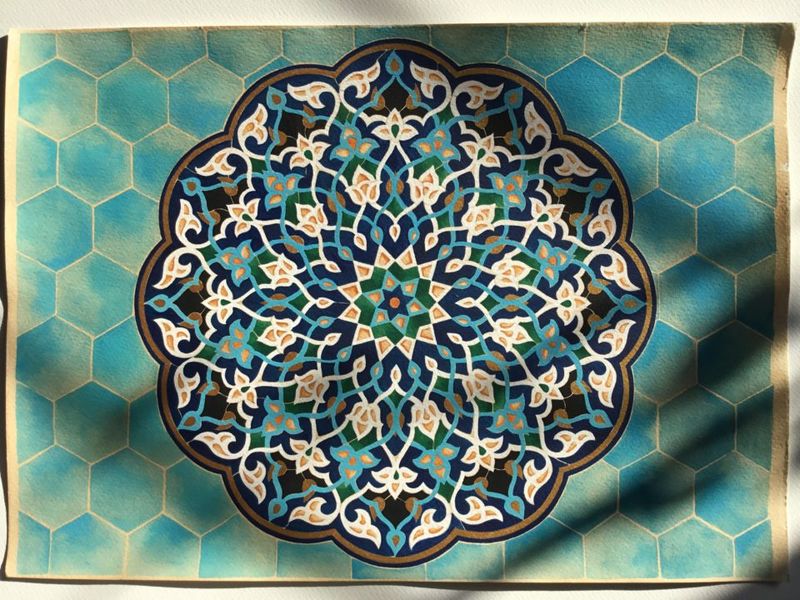
Centuries of exquisite craftsmanship are gaining deserved recognition in Western markets. The mathematical precision and abstract beauty of Islamic decorative arts speak to contemporary design sensibilities.
Collectors are increasingly drawn to Persian miniatures, ceramics, metalwork, and textiles. Museums are expanding their Islamic collections, further driving interest. The geometric patterns and calligraphy offer sophisticated alternatives to figurative Western art traditions.
13. Heavy Victorian Furniture
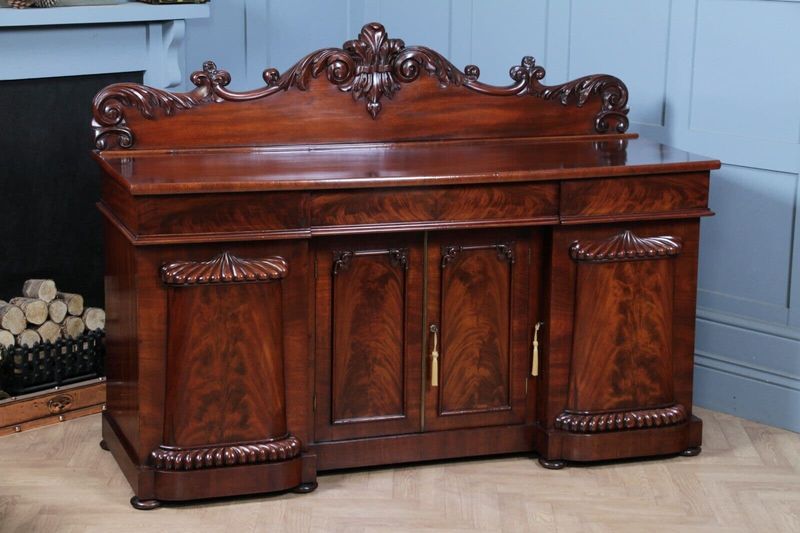
Once the pride of formal homes, these ornate behemoths are losing appeal fast. Modern living spaces simply can’t accommodate massive sideboards, dining tables that seat twenty, or towering wardrobes.
Victorian furniture’s dark woods and elaborate carvings feel oppressive to contemporary tastes. Even authentic pieces by respected makers are selling for fractions of their former values. Unless exceptionally rare or historically significant, these pieces will likely continue declining.
14. Hummel Figurines
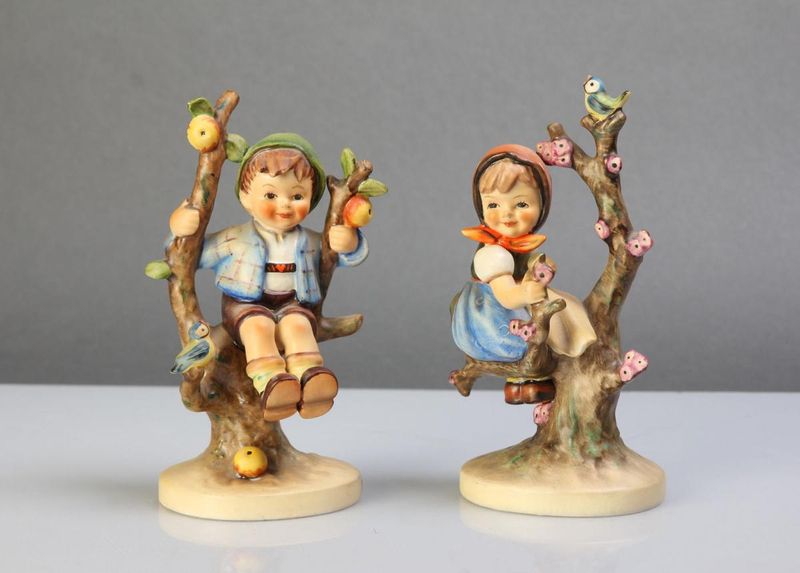
Whimsical German children once dominated curio cabinets across America. Today, these saccharine collectibles struggle to find new audiences as tastes shift toward more sophisticated or minimalist aesthetics.
Hummels that commanded hundreds or even thousands in the 1980s now frequently sell for under $50. The collector base is literally dying off, with younger generations showing little interest. Only the rarest early examples maintain significant value.
15. Bradford Exchange Collector Plates

Mass-produced “limited editions” have lost their luster as collectors wise up. Despite marketing claims about investment potential, these factory-made decorative plates were simply produced in too many numbers to ever become truly valuable.
Bradford Exchange and similar companies sold millions of these plates featuring everything from puppies to princesses. The secondary market is flooded with unwanted examples, often selling for pennies on the dollar compared to their original purchase prices.
16. Thomas Kinkade Prints

The “Painter of Light” mass-produced works are dimming in the market. Despite their initial popularity, these commercially produced prints lack the authenticity and artistic merit that drives long-term collecting interest.
Kinkade’s cottage industry produced thousands of nearly identical prints. The sentimental, idealized scenes feel disconnected from contemporary aesthetics and concerns. Even signed and numbered examples struggle to maintain value as the market becomes increasingly saturated.
17. Antique Clocks

Time isn’t on the side of these once-prized mechanical marvels. Modern homes rarely have space dedicated to grandfather clocks, and few people want the maintenance responsibilities of winding and regulating antique timepieces.
Even well-made examples by respected clockmakers have seen values decline. The specialized knowledge needed for repairs further complicates ownership. Only exceptional examples with unusual features, famous makers, or historical significance maintain strong values.
18. Precious Moments Figurines

Saccharine sentimentality has fallen out of fashion with younger collectors. These teardrop-eyed porcelain figures that once dominated gift shops and grandmothers’ shelves now struggle to find new homes.
Precious Moments figurines were marketed as collectibles that would increase in value. Reality has proven otherwise, with most pieces selling for a fraction of their original cost. The religious themes and overly cute aesthetic feel dated to contemporary collectors.
19. Traditional Brown Furniture

Formal dining sets and matching bedroom suites have lost their appeal in casual modern homes. Even well-made mahogany and walnut pieces from the early 20th century struggle to find buyers in today’s marketplace.
Traditional brown furniture feels heavy and outdated to younger buyers. Formal dining rooms are disappearing from homes, making large table-and-chair sets particularly difficult to sell. Only exceptional examples with unusual features or by renowned makers maintain strong values.
20. Beanie Babies
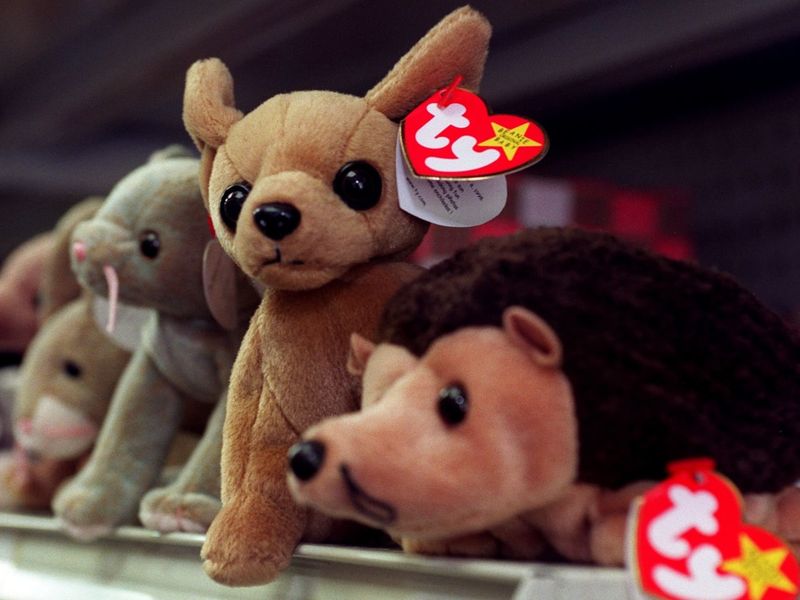
Remember the 1990s craze that promised college funds? Those plush collectibles now languish in basements and thrift stores, with most worth less than their original retail prices.
Beanie Babies fell victim to their own success. Manufacturer Ty Inc. produced them in such quantities that true rarity never materialized. Despite occasional news stories about “rare” examples worth thousands, the vast majority have minimal value in today’s collector market.



